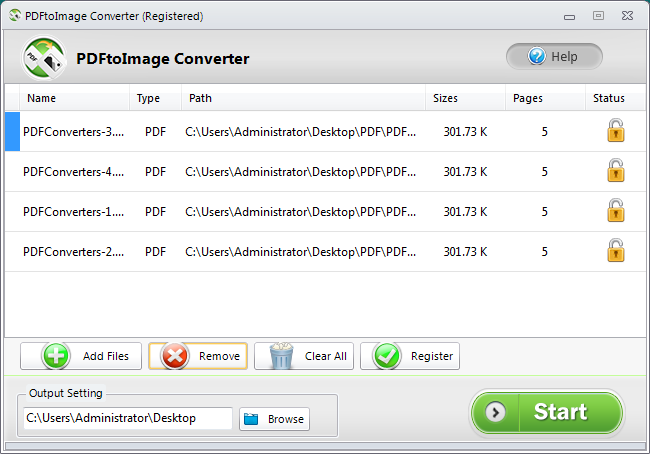
This compression can affect quality, but this loss of quality isn’t noticeable to most users. JPG is a ‘lossy’ format, meaning that it is compressed to save storage space and make it easier to share.

JPEG stands for Joint Photographic Experts Group, which is the name of the committee that standardised the format. However, you can usually adjust settings to save into other formats if needed. It works on any device, such as a laptop, iPad, or iPhone just follow these steps: 1. Many cameras, smartphones, and basic photo or drawing programs will automatically save into JPG format. You can convert a JPG or PNG image to a PDF in moments using Acrobat online services. Quite easy and convenient, but Adobe doesn’t allow batch conversion, which may put you off to utilize Adobe Acrobat. Go to Tools>Export PDF, and choose Image as the output. Run Adobe Acrobat DC on your mac and open the PDF you want to convert to JPG. At the same time you can convert PDF files to image formats, like PDF to JPG. JPGs are 2D pixel-based ‘raster’ images, which makes them better for photographs or scans, rather than digital illustrations which are often better as ‘vector’ images. In Acrobat DC, follow the steps to converter PDF to JPG on mac. Either within the application or by printing directly from the original document. JPG is a universal format which can be opened by almost all image-viewing or -editing programs, by web browsers, and by certain other apps, and they’re supported by most devices.

Depending on the file format you choose, additional options may appear. If you don’t see the file type you want, press and hold the Option key and click the Format pop-up menu to see specialized or older formats. Click the Format pop-up menu, then choose a file type. JPG, or JPEG, is one of the most widely used digital image formats. In the Preview app on your Mac, open the file, then choose File > Export.


 0 kommentar(er)
0 kommentar(er)
